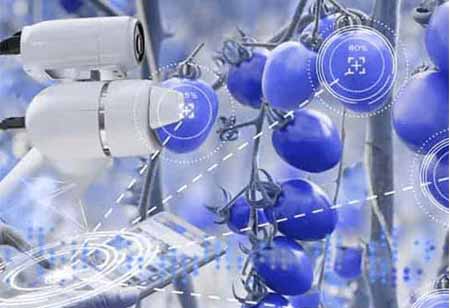Thank you for Subscribing to Agri Business Review Weekly Brief
Impact of Biotechnology on Agriculture
In recent years, genetically modified organisms or GMOs have become a common term that consumers

By
Agri Business Review | Monday, October 03, 2022
Stay ahead of the industry with exclusive feature stories on the top companies, expert insights and the latest news delivered straight to your inbox. Subscribe today.
Agricultural biotechnology has revolutionized plant science and crop production methods.
FREMONT, CA: In recent years, genetically modified organisms or GMOs have become a common term that consumers and the media use to refer to foods created through genetic engineering. The National Bioengineered Food Disclosure Standard will require manufacturers to label their genetically modified food products as "bioengineered" instead of "genetic engineering."
GMOs are a common part of today's food supply, even though you won't find many in the produce section of your local grocery store in the form of fruits or vegetables. The United States grows only a few kinds of GMO crops, but some of these GMOs are important crops, for example, soybeans, corn, canola, sugar beets, and cotton. In most cases, GMO crops produce food for animals, such as cattle, poultry, and fish. They are also made from ingredients such as cereals, snack chips, and vegetable oils.
Humans have used traditional ways to modify crops and animals to suit their needs and tastes for more than 10,000 years. These changes are made through mutation breeding, cross-breeding, and selective breeding. The most common breeding method involves mixing all the genes from two different sources to produce the desired result. Various common crops, such as modern corn varieties and seedless watermelons, are produced using these seeds.
New technology allows scientists to use genetic engineering to take beneficial genes for a plant, such as the ability to resist insect attack or withstand drought, and then transfer them into that plant. Historically, genetic modification primarily increased crop yields, reduced crop loss, extended storage life, and improved appearance.
Foods containing genetically modified organisms (GMOs) are as safe and healthy to eat as those that do not contain GMOs. The nutritional value of some GMO plants has been improved through genetically modified organisms. Some genetically modified plants contain plant-incorporated protective agents (PIPs) that make them resistant to insects, thereby eliminating the need for many spray pesticides to be used in their production. The EPA also works with developers and scientists to create GMOs that can resist insects for as long as possible by implementing a program called Integrated Resistance Management (IRM). Other GMO plants whose genes have been modified to be tolerant to certain weed killers provide farmers with a wide variety of weed control options. The EPA also provides information to help farmers protect their fields from herbicide resistance developed by weeds.





